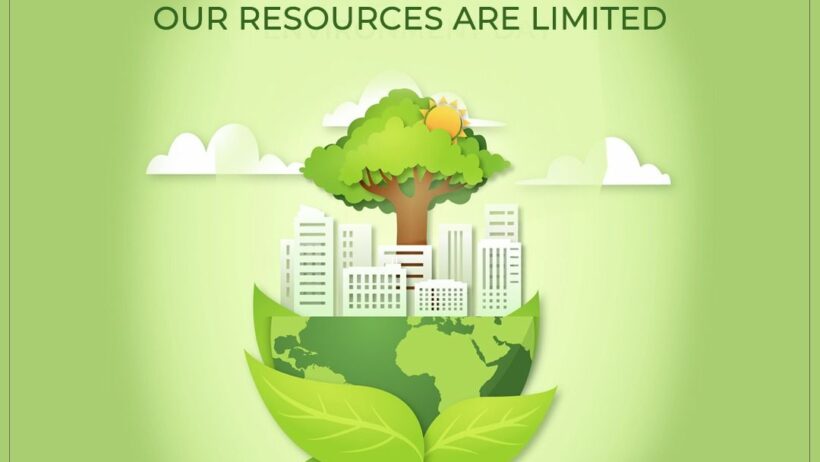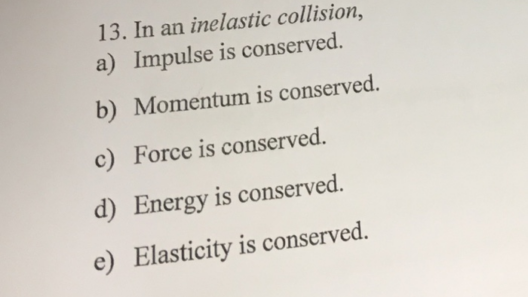Are We in Energy Conserve Mode in Columbus, Ohio? Here’s What You Should Know.
In the Midwest, where the winds of change are increasingly felt, particularly in energy consumption, Columbus, Ohio, stands at a crossroads of opportunity and challenge. As awareness of climate change escalates, cities across the nation grapple with the imperative to conserve energy. But are we in energy conserve mode here in Columbus? The answer may be more complex than one might assume. Let’s delve into this critical conversation.
Understanding Energy Conservation
Energy conservation refers to the practice of reducing energy use through various strategies and technologies. It is often a multifaceted endeavor involving behavioral changes, technological upgrades, and policy adjustments. In essence, energy conservation is not just about using less energy; it is about using energy more efficiently. The quest for energy conservation is guided by both ecological imperatives and economic sensibilities.
Current Energy Landscape in Columbus
Columbus has been proactive in addressing energy conservation in recent years. The city has committed to becoming more sustainable through various initiatives, including the “Columbus Climate Adaptation Plan,” aimed at mitigating the impacts of climate change while adapting to its inevitable consequences. Key strategies adopted by the city have included increasing public transportation options, promoting renewable energy sources, and advocating for energy-efficient building practices. These initiatives demonstrate a forward-thinking philosophy that recognizes the urgency of the current energy crisis.
Renewable Energy Initiatives
One of the hallmarks of Columbus’s energy conservation strategy is its commitment to renewable energy. In recent years, organizations have begun to harness solar, wind, and bioenergy resources. The growth of solar energy installations has been particularly notable. By incorporating solar array systems on rooftops and vacant lots, Columbus not only reduces reliance on fossil fuels but also sends a clear message about its dedication to sustainable energy practices. However, the question remains: are these initiatives reaching widespread acceptance among residents?
Behavioral Changes and Community Engagement
While initiatives are necessary, they are most successful when supported by community engagement. The populace must be encouraged to adopt energy-conscious behaviors. This can be accomplished through educational campaigns that highlight the benefits of energy efficiency and practical steps that can be taken at home or in the workplace. Simple measures—such as turning off lights when leaving a room and investing in energy-efficient appliances—can significantly impact overall consumption. But how effective have such campaigns been in Columbus? Are residents fully embracing the call for energy conservation?
Challenges Facing Energy Conservation
Despite the positive strides, challenges persist. Economic factors often impede energy conservation efforts. For instance, the initial cost of energy-efficient appliances or retrofitting buildings for enhanced efficiency can be steep. Additionally, there remains a segment of the population that perceives these changes as burdensome. To combat this, incentives, such as tax credits or rebates, can provide the necessary encouragement to transition. Facilitating discussions about the long-term savings associated with energy-efficient choices can also aid in shifting mindsets.
The Role of City Government and Policy
City government plays a pivotal role in implementing policies that encourage and mandate energy conservation practices. Columbus has adopted codes and standards that align with energy conservation principles. The challenge, however, lies in enforcement. Crackdowns on non-compliance with energy standards must be coupled with educational outreach. Combining incentives for compliance with penalties for non-compliance creates a balanced approach to fostering an energy-conservative culture within the city.
The Importance of Local Businesses
Local businesses are integral to the energy conservation narrative in Columbus. By implementing sustainable practices, these enterprises not only reduce their carbon footprint but also inspire consumers to adopt similar behaviors. Collaborating with local governments can augment these efforts. For example, businesses that participate in energy-efficient programs or energy audits can benefit from increased visibility and patronage, bolstering their bottom line while fostering a culture of sustainability.
Community Resources and Support
Community resources play a vital role in assisting residents and businesses in their energy conservation efforts. Organizations within Columbus offer workshops, provide energy audits, and teach residents how to implement simple energy-saving techniques at home. These resources are invaluable as they empower individuals and foster a communal approach to tackling energy consumption. However, the challenge remains: how to ensure these resources reach the widest audience possible to effect meaningful change.
Looking Ahead
As we reflect on Columbus’s journey toward energy conservation, the question arises: are we truly in energy conserve mode? While the city has made commendable strides, the reality is that more work is needed. Addressing economic barriers, enhancing community engagement, and fostering robust partnerships between local government and businesses are essential to cementing energy conservation as a foundational element of life in Columbus.
Ultimately, the success of Columbus’s energy conservation efforts hinges on the collective action of its residents, businesses, and government. By embracing a culture of sustainability, the city can navigate the challenges ahead while setting a precedent for other midwestern cities. The path to energy conservation is paved with opportunity—an opportunity to build a more sustainable future for generations to come.
The question remains: are we ready to face the challenge and transform Columbus into a beacon of energy conservation in Ohio?








